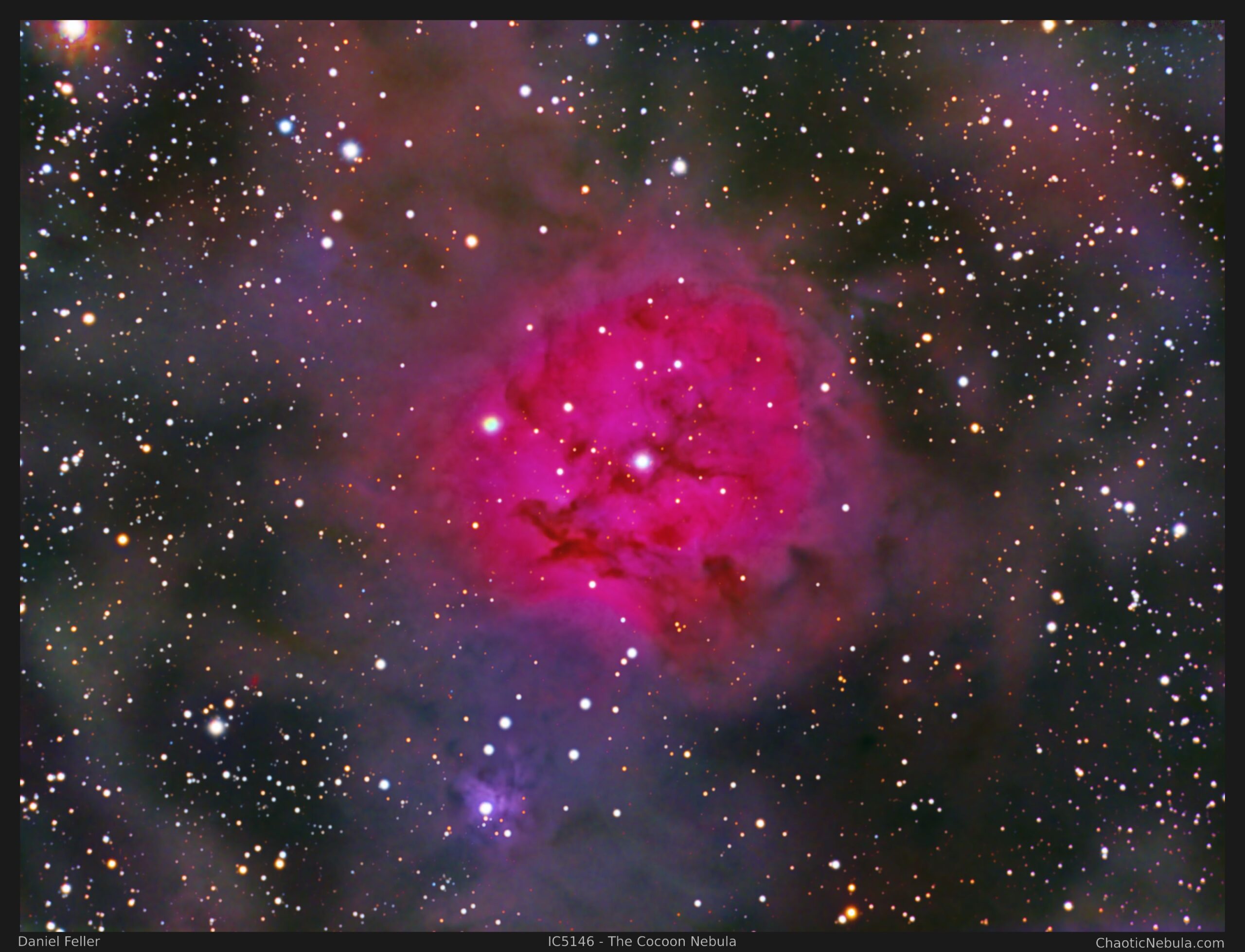Learn the Best Time to Use PixInsight Deconvolution
Many astrophotography workflows often recommend removing stars to simplify image processing. Without stars, you are able to focus your attention on the nebula and galaxies. However, the process of star removal can often remove some of the finer details within your image. This is why star removal is often completed early on in the astrophotography workflow.
But an interesting question often arises: Should I run deconvolution before or after I remove the stars?
(more…)


